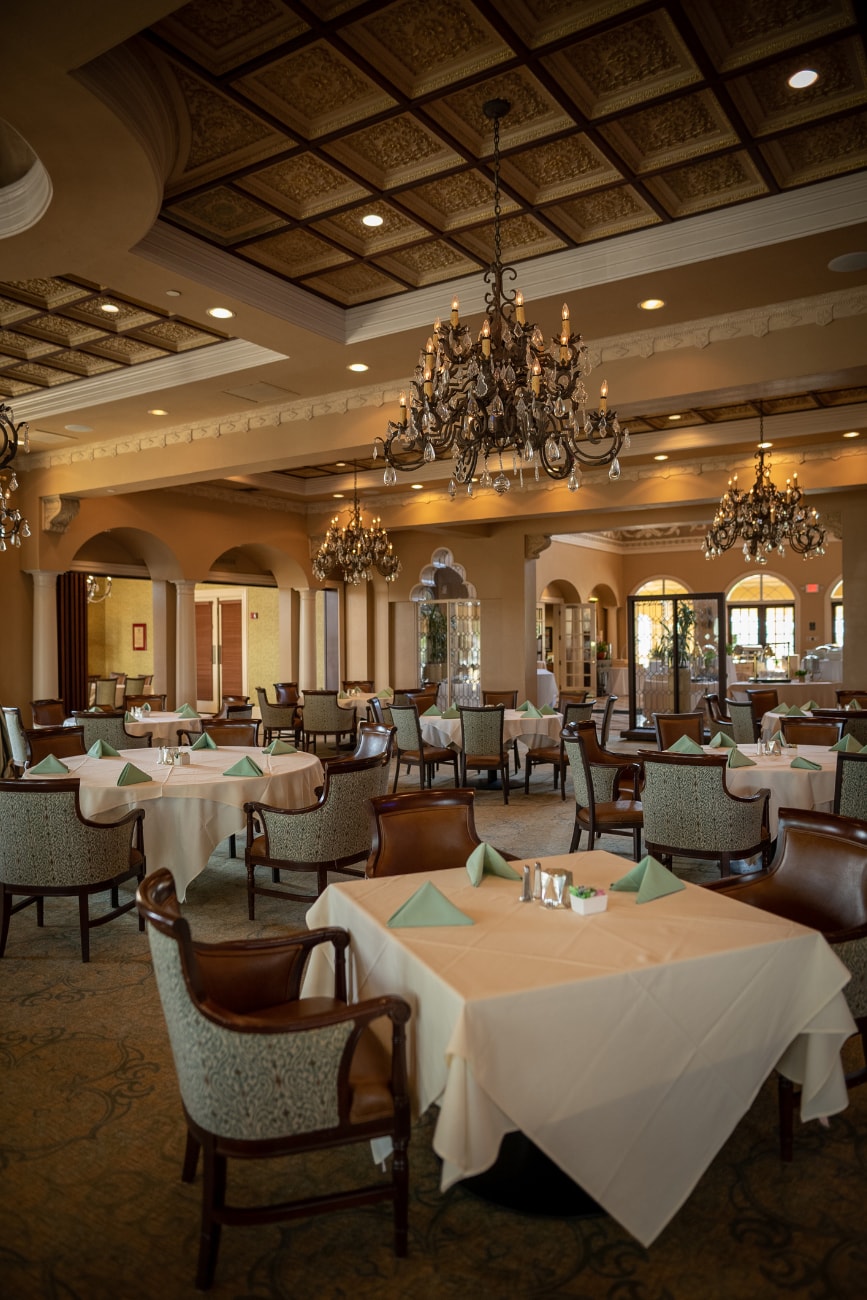

Steps To Ownership
Blog details
The hotel and hospitality industry has experienced a remarkable surge in recent years, despite the challenges posed by the global pandemic. As travel restrictions have eased and people become more eager to explore new destinations, hotels find themselves grappling with high occupancy rates and an ever-increasing demand for bookings.
But what we aim to find is the profound impact that increased traveling has had on the hotel industry and the factors hotel and resort businesses should consider to leverage this surge in demand. This is what we refer to as, the jet setter effect.

Boost in Occupancy Rates
One of the most immediate impacts of increased traveling is the rise in hotel occupancy rates. As more people embark on vacations or business trips, hotels are witnessing a higher influx of guests, resulting in fuller rooms and a greater utilization of hotel facilities. This surge in demand presents both opportunities and challenges for hotels to capitalize on.
On one hand, the increase in occupancy rates allows hotels to generate higher revenue. With more guests staying in their rooms, hotels are able to maximize their room inventory and generate increased profits. This enables them to invest in improvements to their facilities, enhance guest experiences, and expand their services. Moreover, higher occupancy rates enable hotels to negotiate better contracts with suppliers, ensuring cost savings and higher profit margins.
However, while increased occupancy rates bring numerous benefits, they also pose challenges for hotels to manage. One of the primary challenges is maintaining high service standards and ensuring guest satisfaction amidst a larger volume of visitors. With more guests to cater to, hotels must efficiently manage their resources, such as staff, housekeeping, and food and beverage services, to maintain consistent quality and meet guest expectations.
Another challenge is the potential strain on the physical infrastructure of the hotel. Higher occupancy rates mean more wear and tear on rooms, common areas, and facilities. To counter this, hotels must invest in regular maintenance, upgrades, and renovations to ensure that their premises remain in top condition.
Enhanced Revenue Generation
With higher occupancy rates come increased revenue opportunities for hotels. As more people choose to travel, the surge in travelers allows hotels to capitalize on this demand and generate higher profits. One of the key advantages of higher occupancy rates is the ability for hoteliers to exercise greater pricing power. During peak seasons or events, when the demand for accommodations is high, hotels can charge premium rates, maximizing their revenue per occupied room.
Moreover, the increase in occupancy rates presents an opportunity for hotels to tap into the growing trend of travelers seeking unique and personalized experiences. By offering tailored packages, special amenities, and exclusive services, hotels can cater to the specific needs and preferences of their guests. This not only enhances the guest experience but also allows hotels to differentiate themselves from competitors and attract higher-paying clientele.
For example, boutique hotels may offer curated local experiences, such as guided tours or culinary adventures, while luxury resorts may provide exclusive access to spa facilities or private beach areas. These additional offerings can create additional revenue streams and contribute to the overall profitability of the hotel.
Qualification:
Lorem ipsum dolor sit amet consectetur. Donec eu diam semper blandit. Interdum odio at elit lobortis ullamcorper elit pellentesque. Cras in nulla vestibulum nulla posuere ullamcorper morbi et. Orci duis eleifend amet sollicitudin in diam in. Semper porttitor sodales iaculis accumsan lacus. At at at malesuada consectetur quam enim:
- Structured career paths to develop long-term careers
- Industry-leading commission scheme
- Quarterly Team incentives to Budapest, Amsterdam, Croatia, and Skiing!
- Additional Monthly and Quarterly incentives that reward performance
- Company-wide team events
Conclusion
With higher occupancy rates come increased revenue opportunities for hotels. As more people choose to travel, the surge in travelers allows hotels to capitalize on this demand and generate higher profits. One of the key advantages of higher occupancy rates is the ability for hoteliers to exercise greater pricing power. During peak seasons or events, when the demand for accommodations is high, hotels can charge premium rates, maximizing their revenue per occupied room.

Keep up with the latest industry insights


Sign up for the latest News and Insights
By clicking "Subscribe" button I give my permission for Gecko Hospitality UK Ltd (Gecko) to send me tailored alerts via email, and for Gecko to share my details with Gecko group companies, Franchisees and the other employers we work with for these purposes. You can withdraw your consent at any time and will have the option to unsubscribe in any alerts we send you. See our Privacy Policy and Candidate Privacy Policy.





